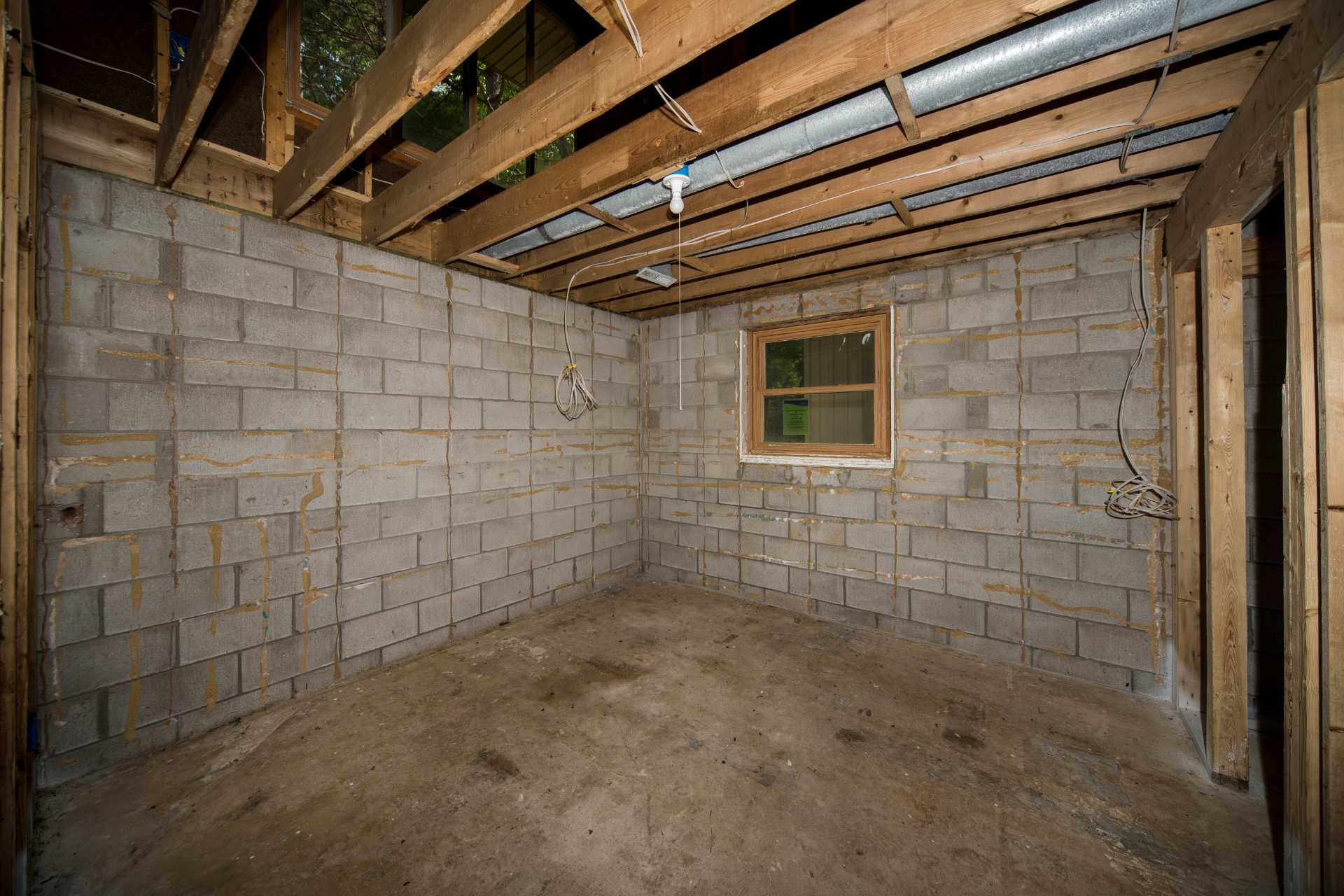Basement underpinning may not be a term you're familiar with, but for homeowners facing foundation challenges, it can be a lifesaver. In this guide, w
Basement underpinning may not be a term you’re familiar with, but for homeowners facing foundation challenges, it can be a lifesaver. In this guide, we’ll delve into the world of basement underpinning, exploring what it is, when it’s necessary, and why homeowners might need it.
Understanding Basement Underpinning
At its core, basement underpinning is a method used to strengthen and stabilize the foundation of a home. It involves extending the depth or width of a building’s foundation by excavating and reinforcing the existing structure. This process is typically undertaken to address issues such as foundation settlement, cracks, or instability caused by poor soil conditions.
The underpinning process is intricate and requires careful planning and execution. It involves digging beneath the existing foundation in controlled sections, pouring concrete footings, and installing additional supports to transfer the weight of the structure to deeper, more stable soil layers. By strengthening the foundation, underpinning can mitigate the risk of further damage and ensure the long-term structural integrity of the home.
Signs That Your Basement Requires Underpinning
So, how do you know if your basement needs underpinning? There are several telltale signs to watch out for, including:
- Cracks in the foundation walls or floors
- Uneven or sagging floors
- Doors and windows that stick or are difficult to open and close
- Bowing or leaning walls
These symptoms often indicate underlying issues with the foundation that may require professional intervention. If you notice any of these signs in your home, it’s essential to consult with a qualified engineer or contractor. The expert would assess the situation and determine the best course of action.
When to Consider Underpinning
While not every foundation issue necessitates underpinning, there are certain circumstances where it may be the most viable solution. Homeowners should consider underpinning if:
- The foundation has sustained significant structural damage
- There have been changes in soil conditions, such as settlement or erosion
- They’re planning to undertake major renovations or additions that could affect the stability of the structure
Ultimately, the decision to undertake underpinning should be based on a thorough assessment of the home’s foundation by a qualified professional.
Benefits of Basement Underpinning
Investing in basement underpinning offers several benefits for homeowners, including:
- Increased structural stability and longevity of the home
- Enhanced resale value
- The potential to create additional living space or improve existing basement areas
By addressing foundation issues proactively, homeowners can safeguard their investment and enjoy peace of mind knowing that their home is built on a solid foundation.
The Underpinning Process: What to Expect
If you’ve determined that underpinning is necessary for your home, it’s essential to understand what the process entails. Typically, the underpinning process follows these steps:
- Site preparation: This involves obtaining necessary permits, surveying the site, and preparing the area for excavation.
- Excavation: Controlled excavation is conducted beneath the existing foundation to create space for the underpinning work.
- Underpinning installation: Concrete footings and additional supports are installed to strengthen and stabilize the foundation.
- Backfilling and restoration: Once the underpinning work is complete, the excavated area is backfilled, and any disturbed landscaping or structures are restored.
While the underpinning process can be complex and time-consuming, it’s a crucial step in ensuring the long-term stability of your home.
Cost Considerations
The cost of basement underpinning can vary depending on several factors, including the size of the home, the extent of the foundation damage, and local labour costs. On average, homeowners can expect to invest several thousand dollars in underpinning, making it a significant but worthwhile investment in the overall health of their home.
Alternatives to Underpinning
In some cases, basement underpinning may not be feasible or necessary. Fortunately, there are alternative solutions available, such as slabjacking, piering, or installing drainage systems. These methods can address specific foundation issues without the need for extensive excavation or underpinning.
Building a Solid Foundation for Your Home
Basement underpinning is a valuable tool for homeowners facing foundation challenges. By understanding what underpinning entails, recognizing the signs that indicate its necessity, and weighing the benefits against the costs, homeowners can make informed decisions about the future of their homes. If you suspect that your basement may require underpinning, don’t hesitate to consult with a qualified professional to assess the situation and explore your options.
With the right approach and expert guidance, basement underpinning can provide the stability and peace of mind that every homeowner deserves.

